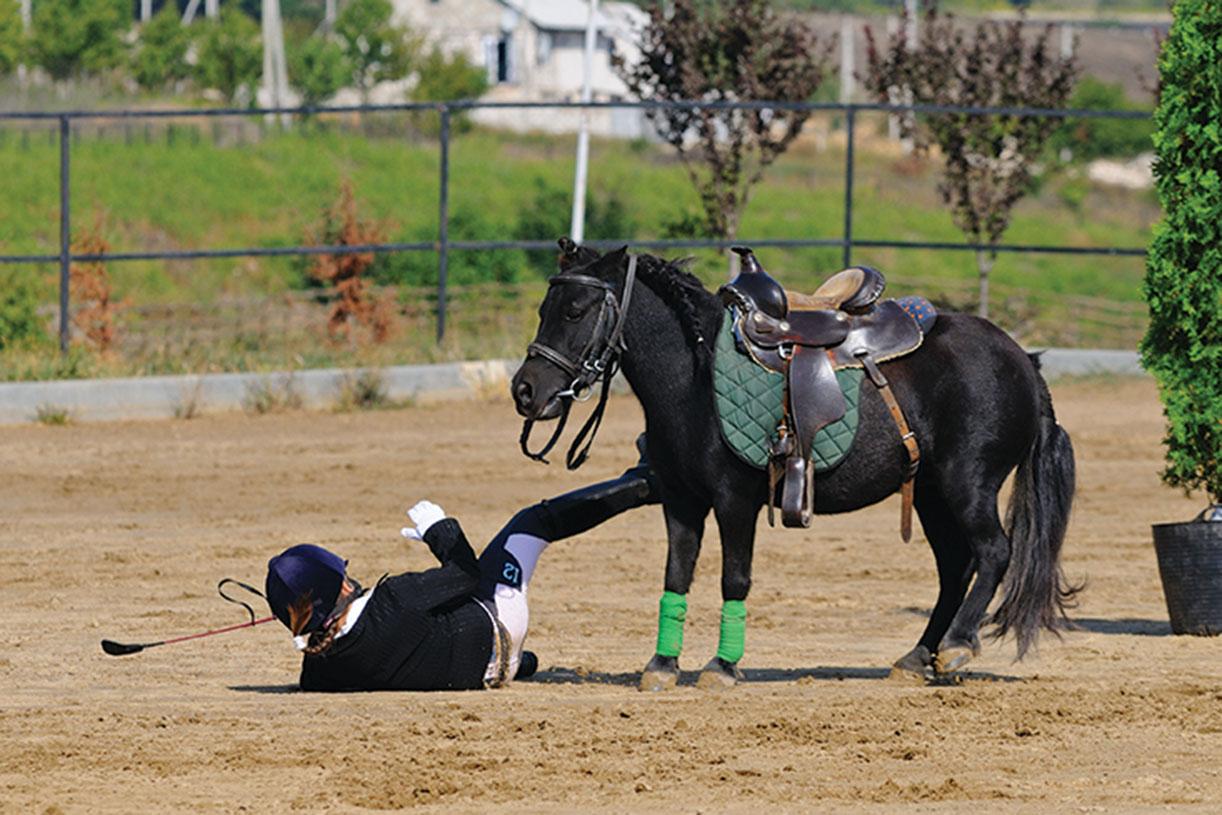Physical Address
304 North Cardinal St.
Dorchester Center, MA 02124
Learn the common causes of wrist pain.
Develop an understanding of the unique vascular anatomy of the scaphoid bone.
Develop an understanding of the causes of avascular necrosis of the scaphoid.
Learn the clinical presentation of avascular necrosis of the scaphoid bone.
Learn how to use physical examination to identify pathology of the scaphoid bone.
Develop an understanding of the treatment options for avascular necrosis of the scaphoid bone.
Learn the appropriate testing options to help diagnose avascular necrosis of the scaphoid bone.
Learn to identify red flags in patients who present with wrist pain.
Develop an understanding of the role in interventional pain management in the treatment of wrist pain.

I entered the treatment room and sat down in front of my last patient and introduced myself. The young lady sitting in front of me stuck out her hand and said, “My name is Karen Carpenter. Not that Karen Carpenter, of course, but Karen Carpenter just the same.” Her parents must have really liked “Close to You” or something. Well, it could be worse. “So, what brings you here today, Karen Carpenter?” I asked. “My wrist has been getting more painful ever since Bitsy threw me.” “Bitsy?” I asked. “Oh, sorry, Bitsy is my horse. I love showing horses, and Bitsy is a real beauty. Gentle and very, very regal. I can’t believe that she threw me! I have no idea what spooked her, but one minute we were prancing around the arena, and the next minute I was flying through the air. Good thing I had my helmet on, but right over her head I went. I landed right on my outstretched hand. You know, Doctor, I was so surprised, I didn’t realize that I was hurt until an hour later when my right wrist really started hurting. I went to the ER, and they took x-rays and said nothing was broken, that it was just a strain, but I am 2 months out and it is getting harder and harder to hold my cell phone or type on my laptop. My friend Keely Donohoe recommended you. She said you fixed her knee up after her skiing accident last winter.” I smiled and told her I was glad to hear that Keely was doing well.
I asked her what she had tried to help with the pain, and she said that she had tried rubbing on the Australian Dream, wore a wrist brace she got at the CVS, and took some Tylenol, but the pain just wasn’t getting any better. Karen also noted that sometimes she used a heating pad, but she fell asleep with it on and she accidently burned herself.
I asked Karen if she had ever injured her wrist before. She thought for a moment, then said, “No. I broke my arm falling off the slide at the playground when I was little, but that was a long time ago.” I asked Karen if she had ever taken any steroids, and she shook her head no and volunteered that the only medications she is on are her birth control pills.
I asked Karen to point with one finger to show me “where it hurts the most.” She pointed to the base of her right thumb and said, “Doctor, it hurts way down deep, and it really gets my attention whenever I try to use my right hand.” I asked, “Does the pain radiate anywhere?” Karen noted that sometimes it “ached down deep in the bone.” Karen denied any gynecologic symptoms or blood in her urine.
On physical examination, Karen was afebrile and dyspneic at rest. Her respirations were 16. Her pulse was 88 and regular. Her blood pressure (BP) was normal at 112/76. Her head, eyes, ears, nose, throat (HEENT) exam was normal, as was her thyroid examination. Her cardiopulmonary examination was also normal. Her abdominal examination revealed no abnormal mass or organomegaly. There was no costovertebral angle (CVA) tenderness. There was no peripheral edema. Her low back examination was unremarkable. Visual inspection of the radial aspect of the right wrist revealed no cutaneous lesions or evidence of infection. There was no obvious bony deformity that would suggest a previous fracture. The area overlying the right scaphoid was cool to touch. Palpation of the area over the anatomic snuff box revealed mild diffuse tenderness, with no obvious effusion or point tenderness. There was mild crepitus, and I thought I detected a click with range of motion. The overall range of motion was decreased with pain exacerbated with active and passive range of motion, especially on radial deviation of the wrist. The Finkelstein test was negative bilaterally. The left wrist examination was normal, as was examination of her other major joints. A careful neurologic examination of the upper and lower extremities revealed there was no evidence of peripheral or entrapment neuropathy, and the deep tendon reflexes were normal.
A history of increasing right wrist pain after being thrown from a horse onto the outstretched hand
No fractures of the wrist identified on x-ray at the time of the acute injury
Increase in pain with use of the wrist
No history of previous steroid use
No history of previous trauma to the right wrist
No fever or chills
Patient is afebrile
Normal visual inspection of skin over the scaphoid
Palpation of anatomic snuff box on the right reveals diffuse tenderness
No point tenderness
No increased temperature over the right scaphoid
Crepitus to palpation during range of motion of right scaphoid
Click sensation during range of motion of right scaphoid
Negative Finkelstein test
Become a Clinical Tree membership for Full access and enjoy Unlimited articles
If you are a member. Log in here